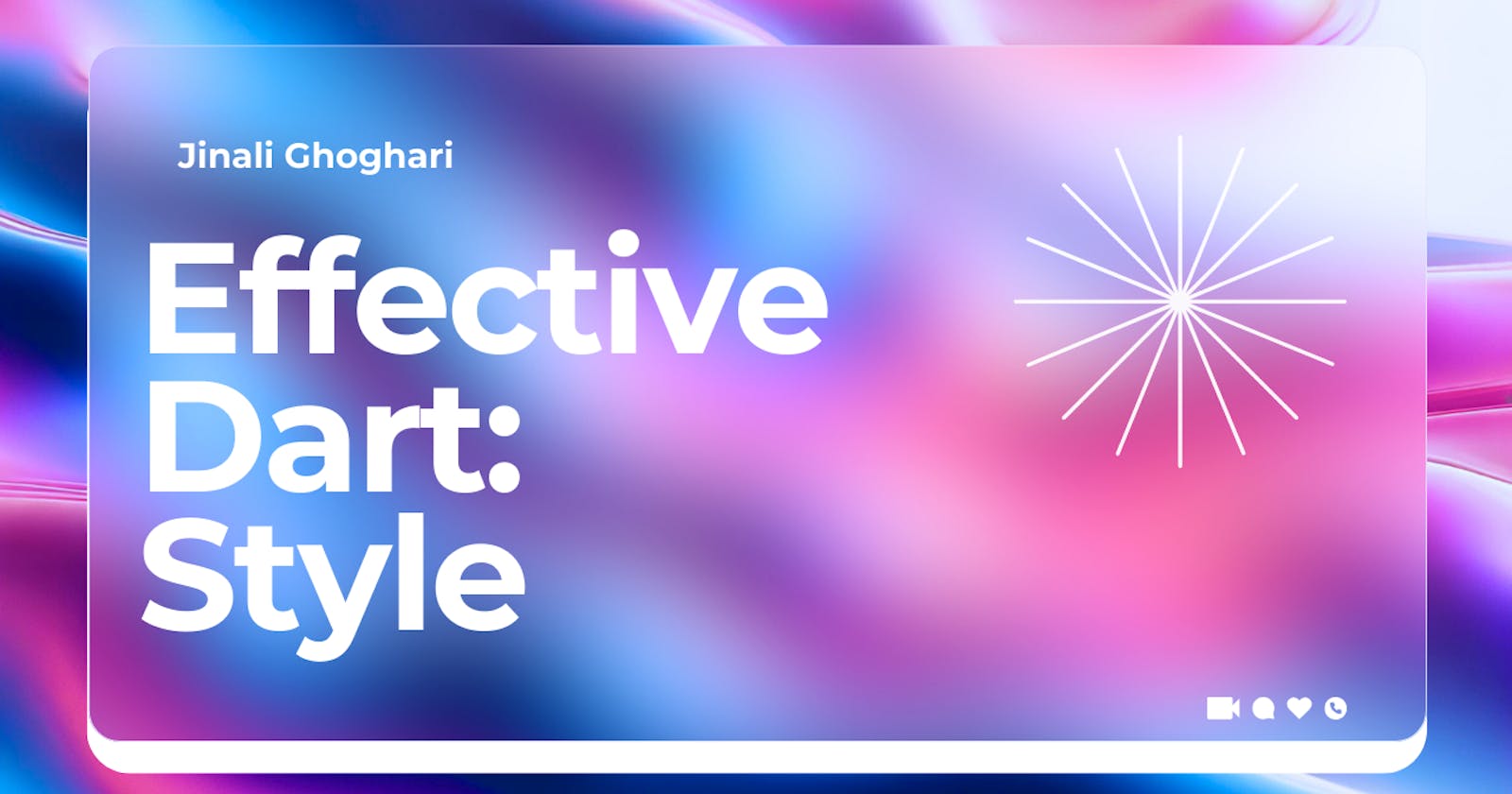Why Dart Style Matters
Consistent code style is more than just aesthetics; it enhances readability, promotes collaboration, and simplifies maintenance. When everyone on a team adheres to the same style guidelines, it reduces cognitive load during code reviews and fosters a cohesive codebase.
Effective Dart Style Guidelines
1. Naming Conventions
Use
lowerCamelCasefor variable and function names.Use
UpperCamelCasefor class names.Use
snake_casefor constant names.
Example:
int calculateSum(int num1, int num2) {
return num1 + num2;
}
class MyClass {
// Class definition
}
const int MAX_ATTEMPTS = 5;
2. Formatting
Use 2 spaces for indentation.
Limit line length to 80 characters.
Use a trailing comma for lists and maps.
Example:
dartCopy codevoid main() {
List<String> fruits = [
'apple',
'orange',
'banana',
];
Map<String, int> ages = {
'Alice': 30,
'Bob': 25,
'Charlie': 35,
};
}
3. Imports
Organize imports alphabetically.
Use relative imports for files within the same package.
Example:
import 'package:flutter/material.dart';
import 'my_other_module.dart';
import 'utils.dart';
5. Avoid Magic Numbers and Strings
Use constants for recurring values.
Prefer enums over arbitrary integer constants.
Example:
const int maxAttempts = 5;
const String welcomeMessage = 'Welcome!';
enum Day { monday, tuesday, wednesday, thursday, friday }
Applying Effective Dart Style
Use Tools: Leverage
dartfmtto automatically format your code according to style guidelines.Enable Linting: Utilize Dart's static analysis (
dart analyze) with linting rules (pedantic) to catch style violations.Follow Examples: Study well-maintained Dart projects and libraries to see style guidelines in action.
Consistency is Key: Enforce style guidelines consistently across your codebase to maintain readability and coherence.
